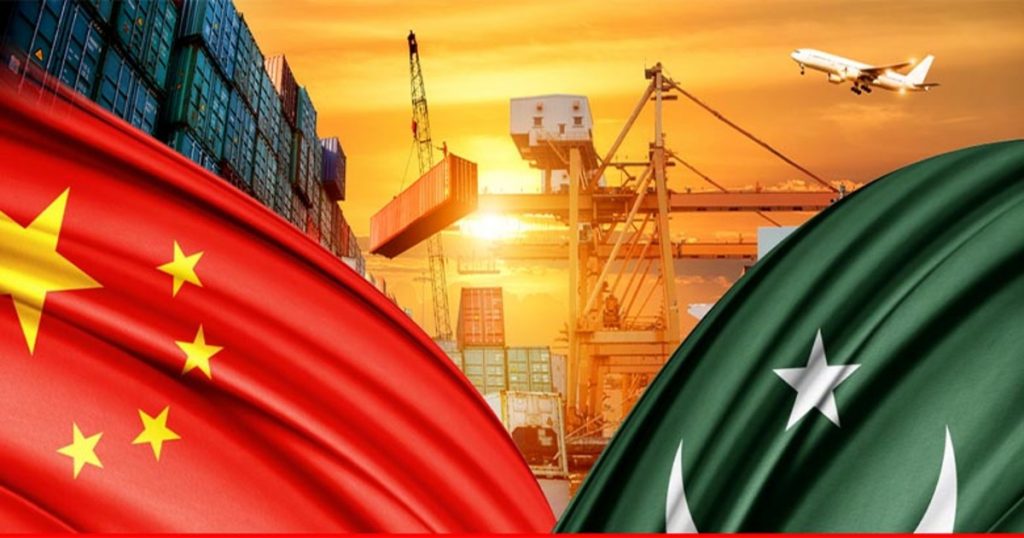The China-Pakistan Economic Corridor (CPEC), the flagship project of China’s Belt and Road Initiative (BRI), has attracted USD 25.4 billion in direct investment over the past decade, transforming Pakistan’s development landscape with several mega-connectivity and energy projects.
CPEC, launched in July 2013, is a USD 62 billion connectivity project stretching from the western Chinese city of Kashgar to the port of Gwadar on Pakistan’s Arabian Sea. The corridor is the main component of China’s BRI-to connect Asia with Africa and Europe through land and sea networks for trade and economic growth.
“CPEC is a story of hard work and tireless commitment between the leadership of Pakistan and China; I thank President Xi Jinping for his sincere support to the CPEC for the welfare of the Pakistani people,” Prime Minister Shehbaz Sharif said.
According to Sharif, the Chinese government and companies have invested USD 25.4 billion in different sectors in Pakistan under the auspices of CPEC.
After ten years of development, with CPEC at its core, Gwadar Port, transport infrastructure, energy and industrial cooperation remained the main focus areas.
Projects under CPEC are flourishing all across Pakistan, creating 192,000 jobs, producing 6,000 megawatts of electric power, building 510 kilometers of highways, and adding 886 kilometers to the core national transmission network.
To modernize Pakistan’s railway system under the CPEC, both countries agreed to start the Main Line-1 project. This project will contribute to the upgrade and dualisation of 1733 km of railway track from Peshawar to Karachi.
China and Pakistan have also explored new areas of cooperation under the CPEC, including cooperation on agriculture, science and technology, telecommunications and people’s welfare. Currently, at least 28,000 Pakistani students are enrolled in various educational institutions in China.
According to Pakistan’s Planning Minister Ahsan Iqbal, the CPEC has injected stability into Pakistan’s economy at a time when the country’s economy was in poor shape due to the deteriorating security situation.





